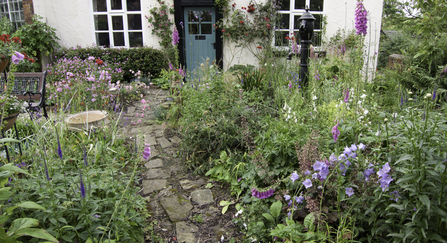
WildNet - Tom Marshall

WildNet - Tom Marshall
Wild wonders await within easy reach of your front door, so you won’t need to venture far to be fascinated.
Start your wildlife watch in your garden, local park or reserve. Many wildlife species are habitat specialists, so exploring your local reserve can introduce you to a host of new species.
You’ll be amazed at how much you do know already and just how many birds, for example, you can quickly learn to identify.
Get out early or late in the day, as this is when many birds tend to be most active.
The more time you spend looking, the more you’ll get to know the regulars – you’ll find new delights in every season. Just look, wonder and enjoy!
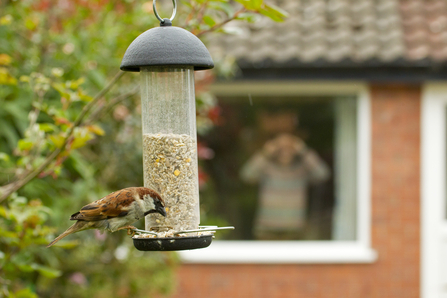
Ben Hall/2020VISION
You can attract birds and small mammals like hedgehogs to your gardens. Create a feeding station, or hang up some goodies for them, along with some water and shrubby cover. We love Dr Amir Khan’s approach to wildlife gardening, along with his inspiring joy at the regular birds and hedgehogs. Find out more with Yorkshire Wildlife Trust's guides for helping wildlife at home.
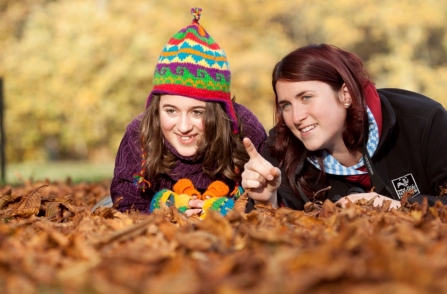
(c) Tom Marshall
Some species can hear a proverbial pin drop, others can see tiny objects from miles away or detect the faintest whiff drifting on the breeze. Walk or sit somewhere quietly to watch wildlife and be prepared to wait.
Keep a good distance and never approach feeding or roosting birds. Some birds also nest on the ground making them especially prone to disturbance, especially from inquisitive dogs.
You may not spot anything for quite some time, but waiting quietly in a woodland or on a bench is surprisingly relaxing and encourages you to enjoy the natural world in a different way.
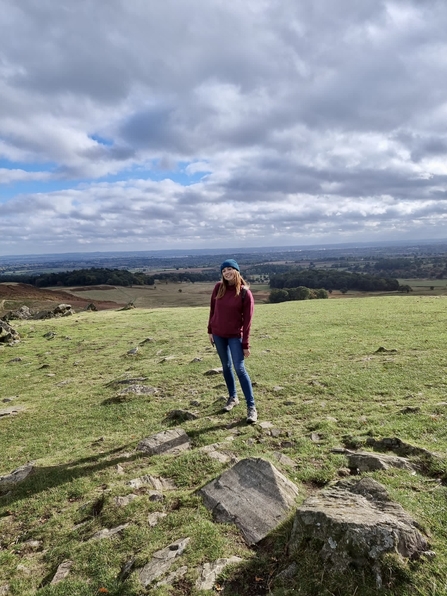
Anyone can watch wildlife and no special kit is needed to get started. If you head out, warm clothing, comfortable shoes, gloves, socks, and layers are good in winter, and varying styles of hat are essential throughout the year. You might want to blend in with nature or walk safely during dusk and in the darkness, so include muted colours or a head torch.
Binoculars may enhance your experience, but are by no means essential.
If you’re out for longer, consider taking a drink, snacks, sun cream and a charged mobile.
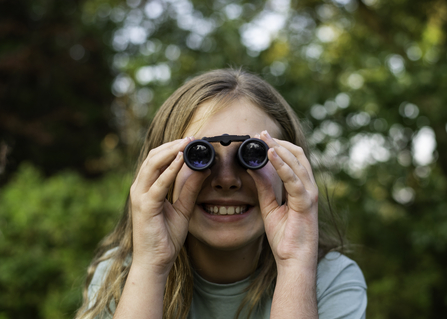
Evie and Tom Photography
You can be almost certain to see things you may not expect to on your wildlife watch, so be open to surprises or the unexpected.
Enjoy the little things, from the wind rustling through the trees, to distant birdsong and always be on the lookout for a wildlife wonder.
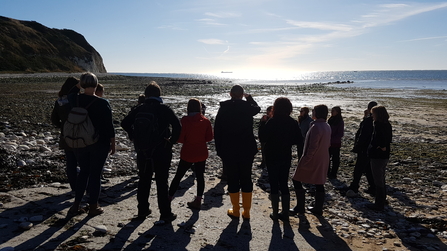
The environment is for everyone to enjoy respectfully. We ask more experienced wildlife watchers to please be generous, help to make new visitors feel at home and offer any top tips you may have for enjoying the local wildlife, if you’re asked.
Please do let us know how you get on, share your sightings and experiences if you’re on social media.
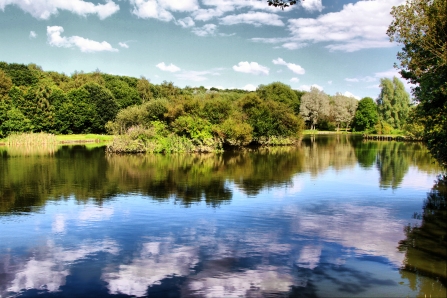
(c) Norman Hearne
For more advice about enjoying the outdoors, take a look at the Countryside Code and our blog on protecting birds during your dog walk.
Our best reserves for first time visitors include Staveley, Potteric Carr, Flamborough and Adel Dam.
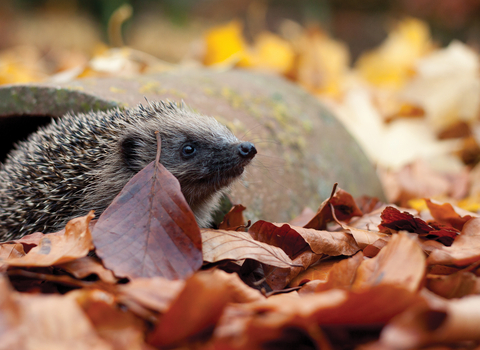
(c) Tom Marshall
Keep up to date with nature news and wildlife events from Yorkshire Wildlife Trust